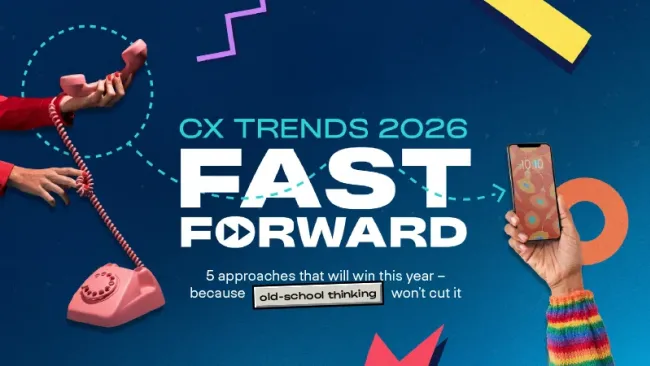This blog was excerpted from a recent issue of the Customer Strategist Journal. Subscribe today to get the next issue, delivered in January.
For most companies, prioritizing the customer experience is a no-brainer. Research shows that consumers will pay more for a better customer experience and CX is a key growth driver and competitive differentiator. What’s more, 85 percent of enterprise decision-makers believe they only have two years to integrate their CX and digital transformation initiatives before competitors overtake them, according to a recent IDC survey.
So, which key performance indicators should you be measuring and how do you know if your CX strategy is working successfully? We’ll show you how to get a holistic view of the customer experience by asking the right questions.
Few companies look holistically at the customer experience. Instead, most organizational leaders focus on channels in a siloed fashion, implementing customer experience initiatives on a channel-by-channel basis, with each department setting its own customer experience agenda.
Contact centers, for instance, typically collect customer feedback data that relates to customer satisfaction, associate courtesy, associate knowledge, first call resolution, and speed to answer. While these are important metrics, aside from customer satisfaction, they aren’t relevant to other parts of the organization. As companies work to build seamless omnichannel experiences, customer interactions need to be measured in a consistent, comprehensive way to understand the true impact of different touch points.
As my colleague Katherine Kress, a digital strategy and operations partner at TTEC, explained in the Customer Strategist Journal, there are four simple questions at the heart of CX measurement that help companies integrate their efforts across channels:
1. Customer Satisfaction:
How would you rate your overall experience with XXX?
This metric focuses on the individual event/action/support associate, and should be measured on a scale ranging from poor to excellent. In this question, XXX could be a contact center associate, app, website, event, or other interaction source.
2. Frictionless Interaction Score:
To what degree do you agree with the statement: (BRAND) made it easy for me to XXX?
This metric focuses on your company’s process—how easy it was for the customer to achieve what he or she intended through the channel in question, measured on a scale ranging from disagree to agree. This is our adaptation of what is sometimes referred to as a Customer Effort Score.
3. Brand Sentiment Score:
How has your opinion of (BRAND) changed as a result of your interaction with XXX?
This question gets at the heart of whether an experience has materially changed the customer’s perception of your brand, and should be measured on a scale from negative to positive. In this question, XXX could be a contact center associate, app, website, event, or other interaction source.
4. Net Promoter Score:
How likely is it that you would recommend (BRAND) to a friend or colleague?
Net Promoter methodology requires a 0-10 point scale from which your Net Promoter Score can be calculated by subtracting the percentage of customers who are detractors (0-6) from the percentage of customers who are promoters (7-10). We recommend benchmarking NPS after a customer’s initial purchase to gauge the impact of each interaction.
When deployed correctly, these four questions provide a more complete view of a given experience—from the individual channel or employee to the overall brand process and the impact of the experience on both brand perception and advocacy. Of course, companies also need to ensure that the infrastructure is in place for acting on these customer insights.
As the adage goes, you can’t improve what you can’t measure. And customer feedback is an invaluable source for identifying opportunities to improve the customer experience in a way that drives loyalty and increases revenue. It all starts with asking the right questions in a collaborative, integrated manner for a seamless CX.
Ready to learn more about building impactful customer experiences? Click here for more ideas.















